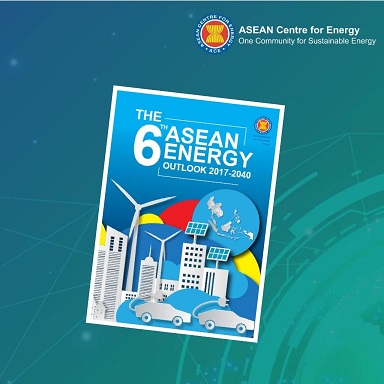Topic: Sixth ASEAN Energy Outlook Released (AEO6) Subscribe | Previous | Next
10 Likes
The ASEAN Centre for Energy (ACE) has released the sixth edition of its flagship report: the ASEAN Energy Outlook (AEO6).
ASEAN, the Association of Southeast Asian Nations has 10 Member States - Brunei Darussalam, Cambodia, Indonesia, Lao PDR, Malaysia, Myanmar, the Philippines, Singapore, Thailand and Vietnam - that are home to more than 8% of the world's population. The region is also home to some of the fastest growing economies in the world, with its GDP projected to nearly triple by 2040. Fueling that growth will require significant energy inputs. The sixth ASEAN Energy Outlook (AEO6) examines how the region can meet the energy needs of its growing economy and population from now until 2040 while also addressing key regional priorities. Specifically, AEO6 is intended to help policy-makers, planners and other stakeholders gauge progress on the targets set out in the ASEAN Plan of Action for Energy Cooperation (APAEC 2016-2025) to strengthen energy security, accessibility, affordability and sustainability, and to inform that plan's goals of accelerating the energy transition and strengthening energy resilience through greater innovation and cooperation.
Some of the key findings of AEO6 include:
- Renewable energy development needs to accelerate to meet the APAEC target.
- RE can meet a significant share of future electricity needs, but enabling measures will be need to ensure this happens.
- Energy efficiency is crucial for meeting the region's sustainable development goals, but reaching the APAEC target for 2025 - a 30% reduction from 2005 levels - will require additional efforts.
- Ambitious energy policies can significantly reduce GHG emissions.
- The ASEAN region is on track to meet some of its energy related sustainable development goals, although the target on universal access to modern energy is challenging and requires additional efforts.
- Meeting these goals will require substantial investment, but will create jobs and reduce the social cost of energy.

